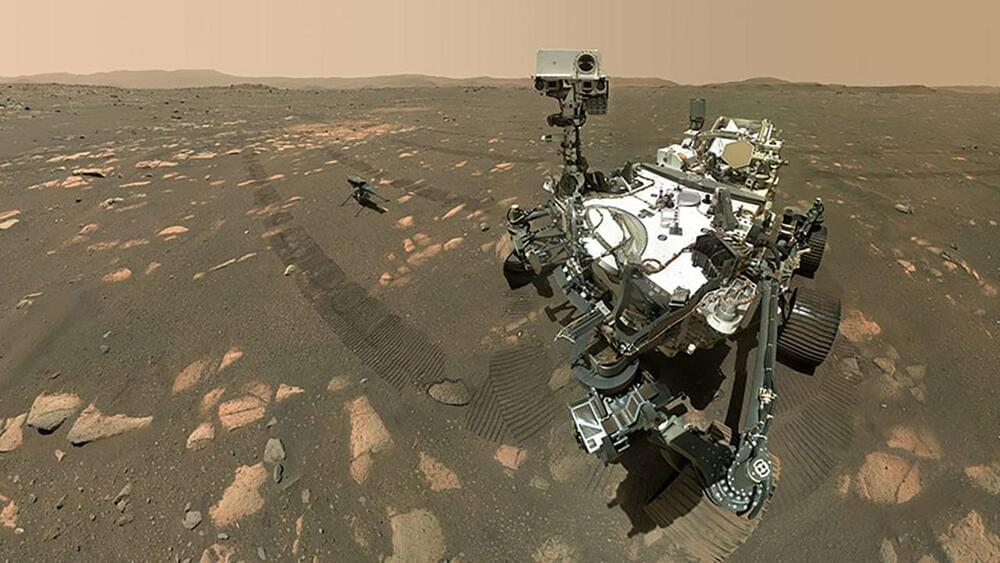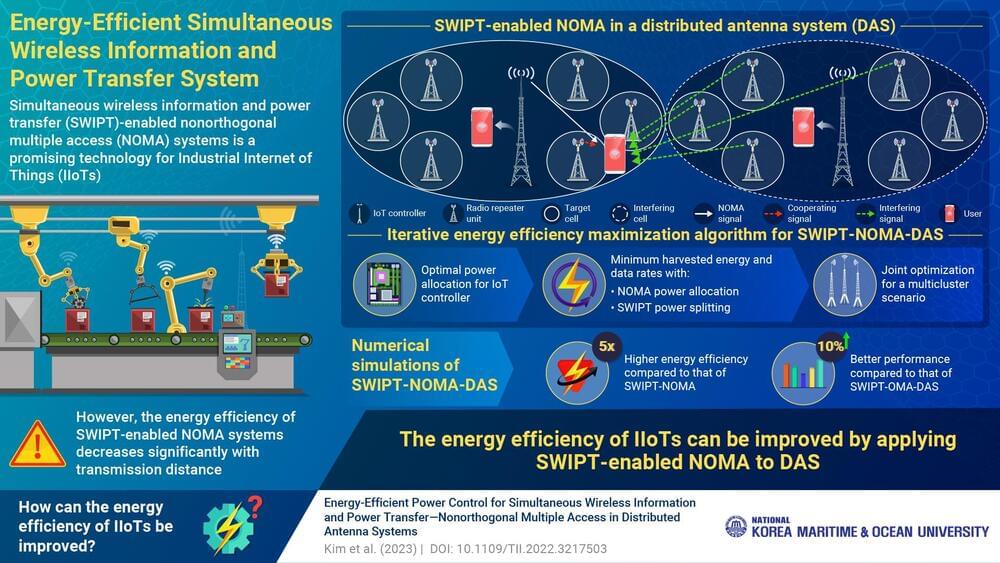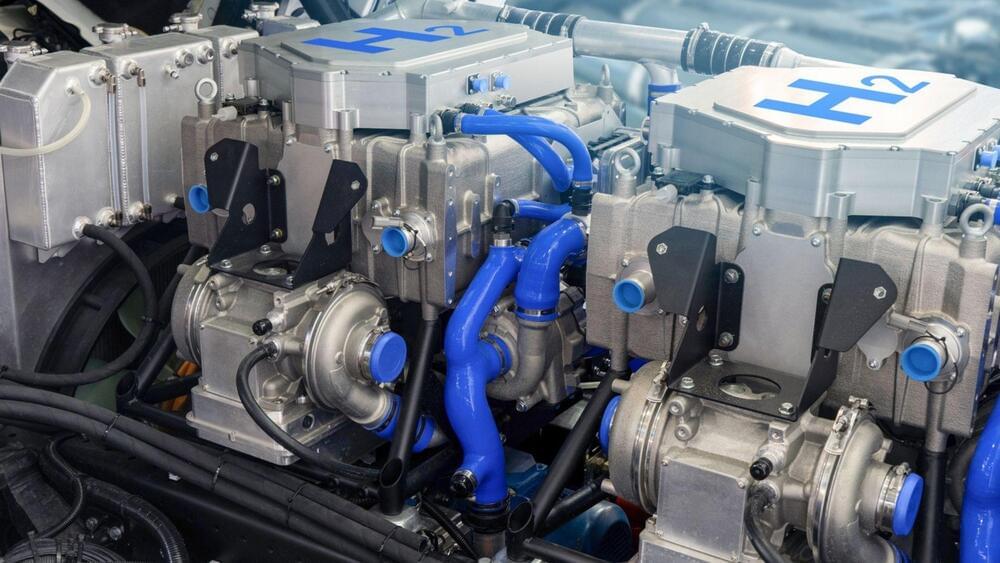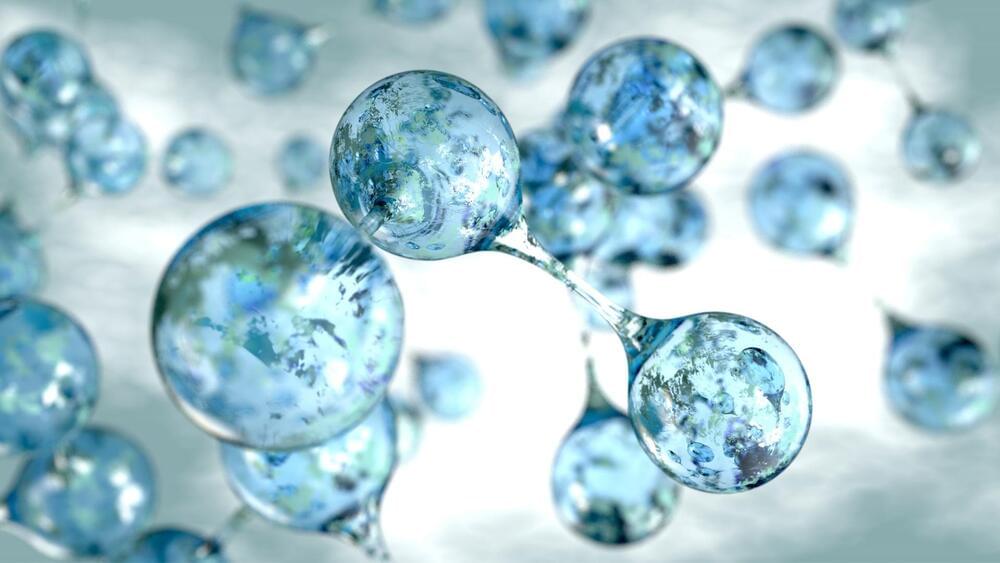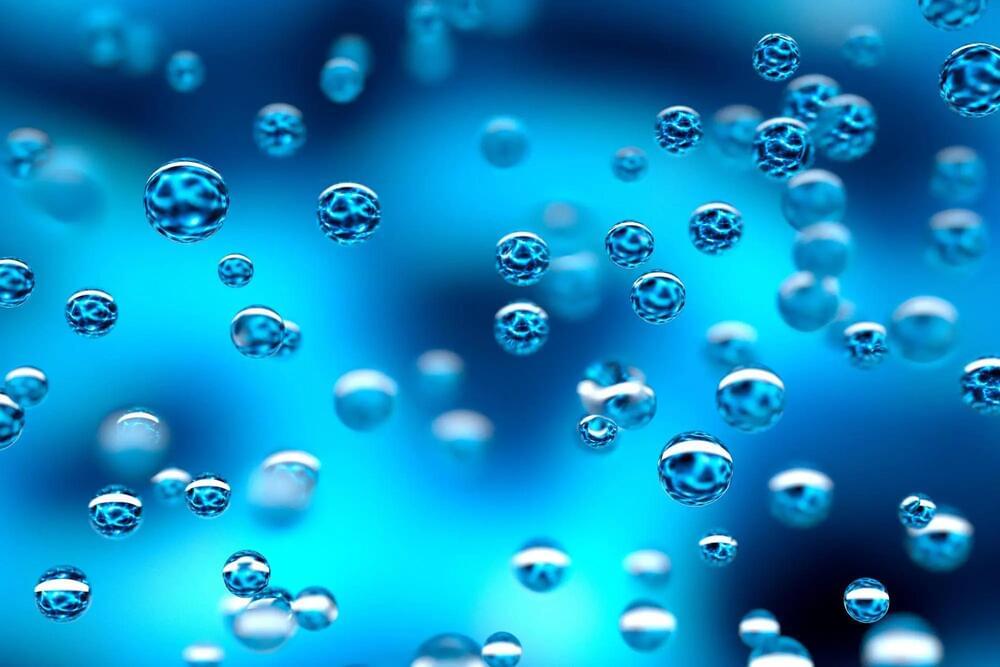NASA’s Perseverance rover has successfully completed an experiment designed to create oxygen on Mars, using a technique that could one day provide astronauts with breathable air, and be used as a key ingredient in rocket fuel for a return journey home.
Humanity is looking to expand deeper into the solar system, first by establishing a permanent base on the Moon, before finally placing human boots on Mars for the first time in our species’ short history. For this to be a reality, both NASA and its partners need to develop new technologies that will make use of the natural resources of those distant worlds to ensure that future missions are as self reliant as possible.
One major problem faced by astronauts visiting Mars is ensuring they have a ready supply of breathable air. Oxygen on Earth is relatively abundant, making up roughly 21 percent of our planet’s atmosphere. However, the gasseous shell enveloping Mars is composed of less than one percent oxygen, and 96 percent carbon dioxide, with nitrogen, argon, and other myriad trace gases making up the remainder.
